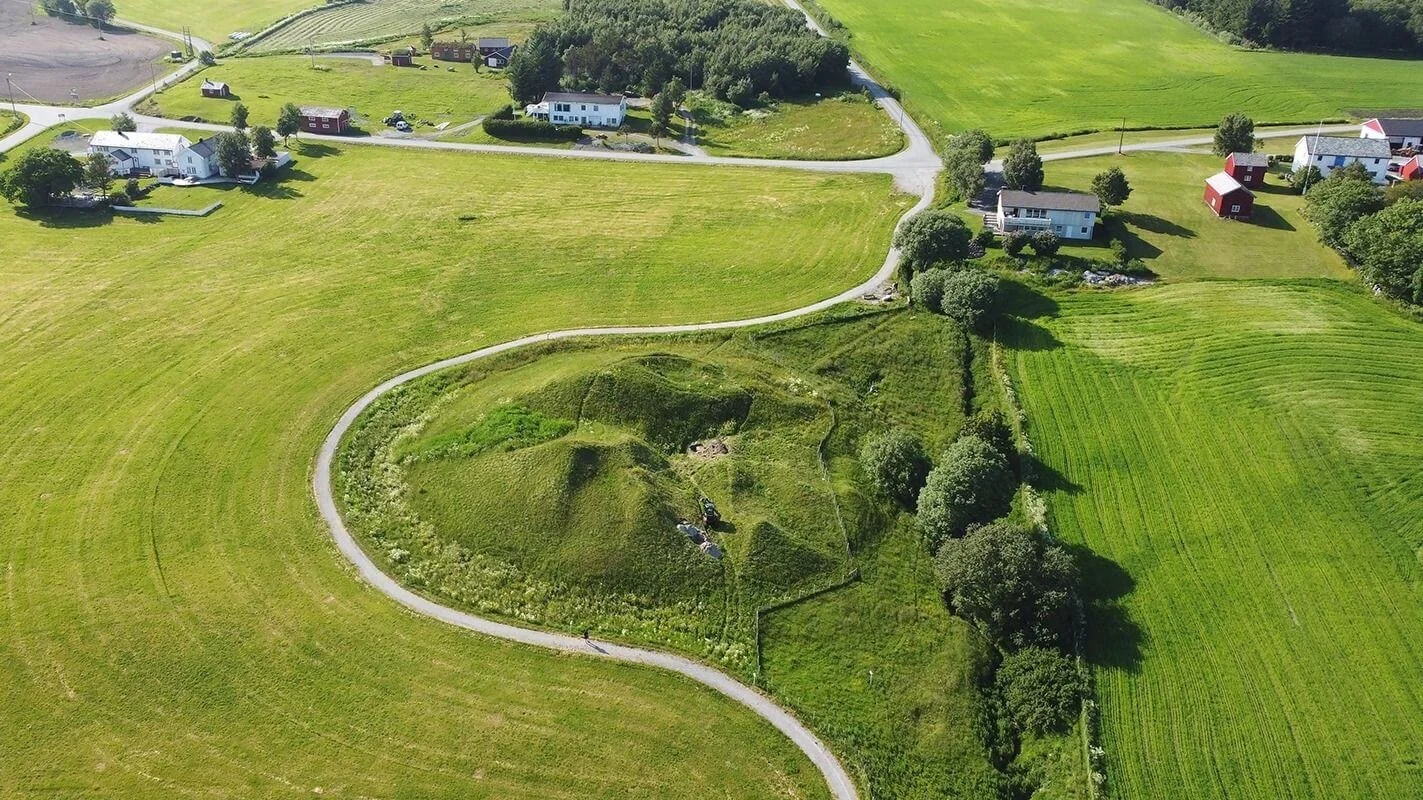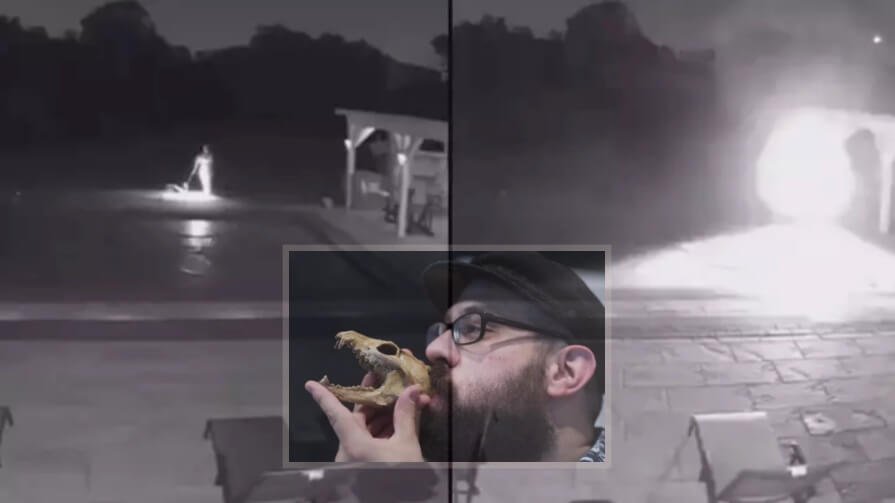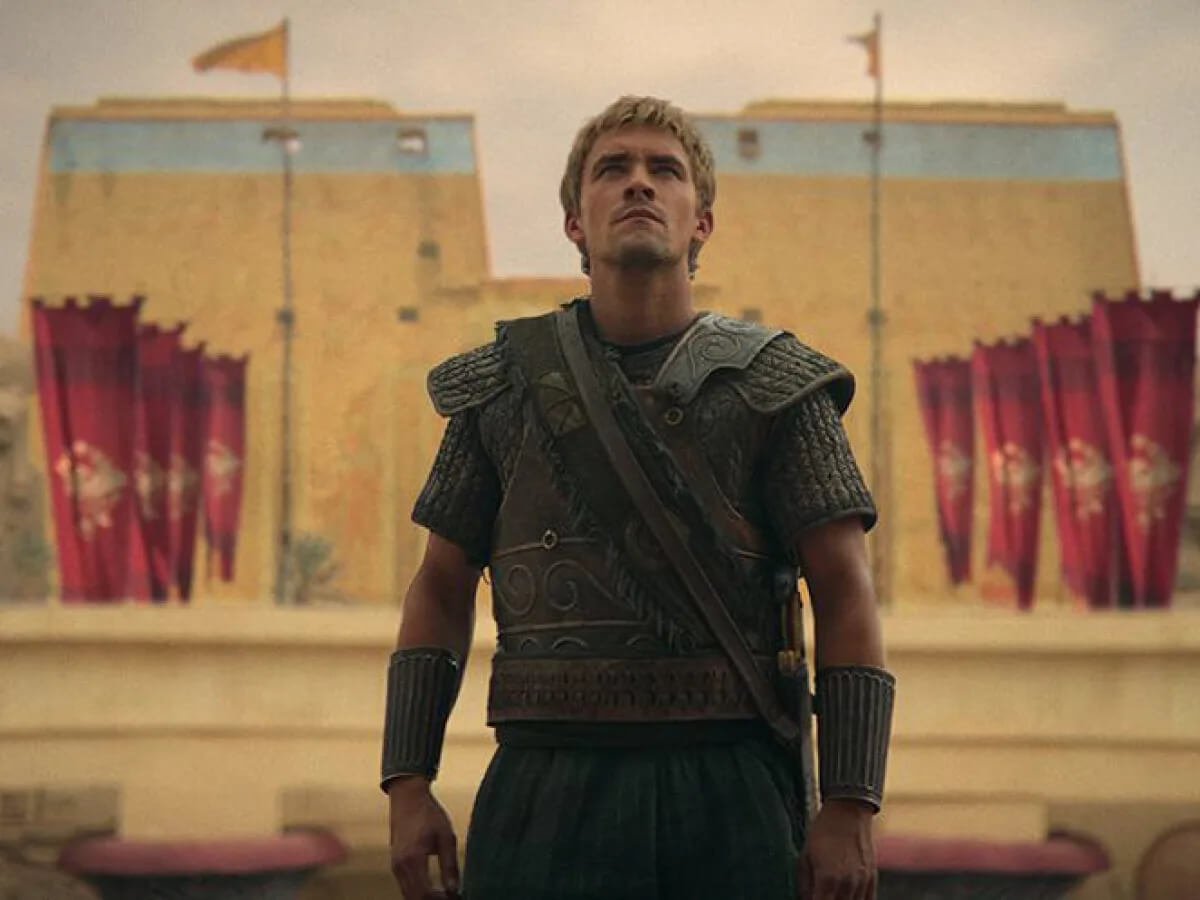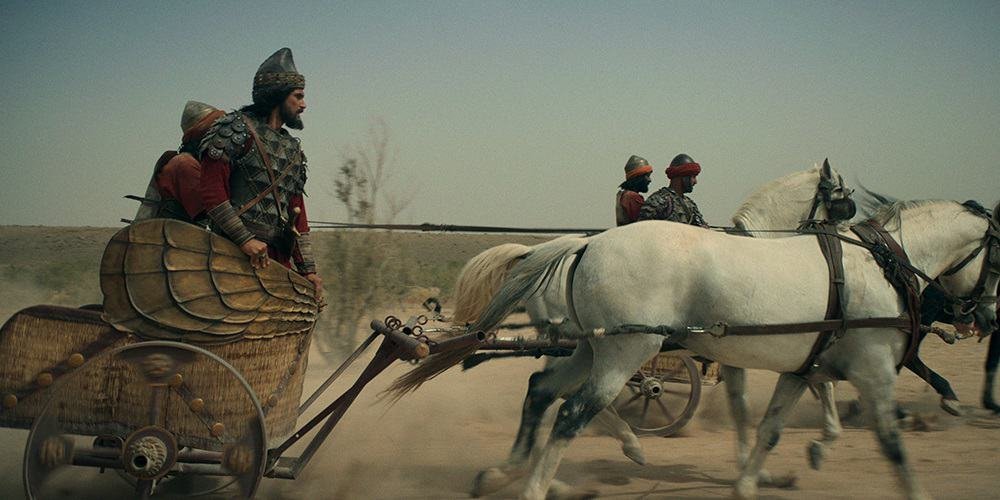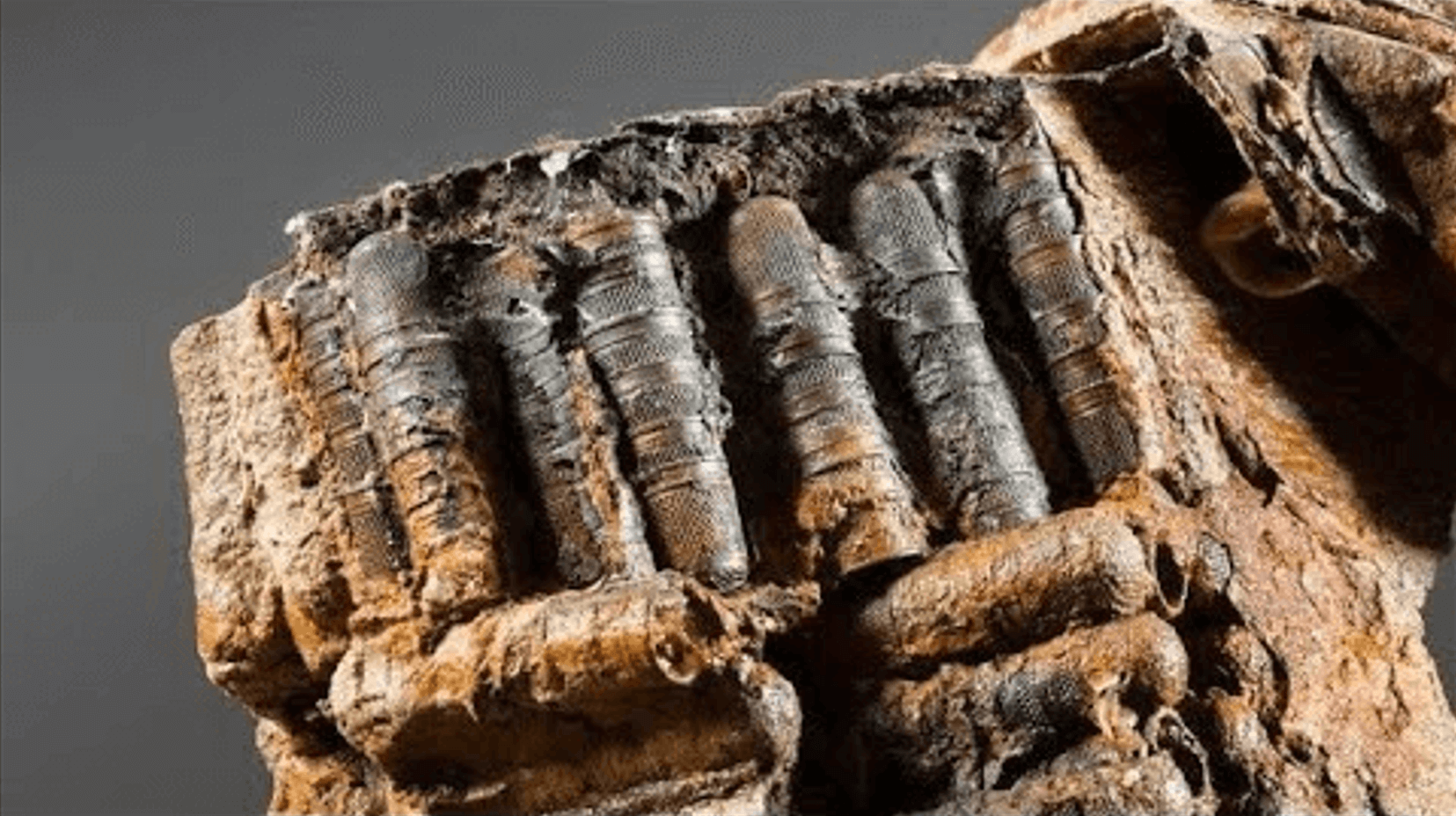The ancient Mesopotamian civilization, renowned for its epic contributions to human history, has once again offered a captivating glimpse into the mysteries of our planet. Bricks crafted over 3,000 years ago have emerged as an unexpected key to deciphering the ever-changing magnetic field that surrounds Earth. In this article, we delve into the fascinating discovery of Mesopotamian bricks containing iron oxide grains that provide invaluable insights into the history of Earth's magnetic field.
Unveiling the Age and Significance
These ancient bricks possess an extraordinary feature: a stamped description that allows scientists to pinpoint their age with precision. This breakthrough enables the dating of geological records contained within these bricks, offering a unique perspective on the evolution of Earth's magnetic field. This newfound method opens a pathway to comprehending the dynamic nature of our planet's magnetic shield and, in turn, enhances our ability to predict its current and future behavior.
Archaeomagnetism: A New Frontier
Traditionally, dating ancient artifacts from Mesopotamia relied heavily on methods like radiocarbon dating, which often required organic materials. However, many cultural remnants, such as bricks and ceramics, lack these organic components. This obstacle is where archaeomagnetism comes to the rescue. Earth's magnetic field is not static; it evolves over time due to intricate processes within the planet. Alterations in this magnetic field can be recorded in materials on Earth's surface, presenting a captivating field of study known as paleomagnetism.
The Mesopotamian Brick Study
Under the leadership of archaeologist Matthew Howland from Wichita State University in the US, a dedicated team of researchers embarked on an expedition to explore the potential of Mesopotamian bricks for advancing archaeomagnetism. These bricks, each bearing the name of the reigning king at the time of their creation, held the key to unlocking secrets about Earth's magnetic history.
To date, researchers have meticulously narrowed down the probable range of years during which each king ruled. Then, they meticulously extracted small samples from the bricks and employed a magnetometer to measure the alignment of minuscule iron oxide grains within them. This method allowed them to construct a broad overview of the Earth's magnetic field behavior over approximately 2,000 years, spanning from the 3rd to the 1st millennia BCE.
Bricks dating to the reign of Nebuchadnezzar II reveal short, but dramatic, changes in Earth's magnetic field. (Slemani Museum)
The Levantine Iron Age Geomagnetic Anomaly
Upon analyzing their findings and comparing them with other archaeomagnetic studies worldwide, the researchers stumbled upon the enigmatic Levantine Iron Age geomagnetic anomaly (LIAA). This mysterious spike in magnetic field strength is believed to have occurred between 1050 and 550 BCE in what is now modern-day Iraq. The team's reconstruction not only confirmed the existence of this anomaly but also provided rare insights into its occurrence within the region. Furthermore, their analysis revealed dramatic fluctuations during the reign of Nebuchadnezzar II, showcasing that Earth's magnetic field can undergo significant changes in relatively short timeframes.
A Double-Edged Achievement
This groundbreaking work is a double-edged achievement. Not only does it enable the correlation of bricks with the magnetic field, but it also provides a valuable tool for verifying the dates of Mesopotamian kings' reigns. This is a significant advancement since the exact chronology of these reigns has long been shrouded in uncertainty due to incomplete historical records.
The geomagnetic field remains one of the Earth's most enigmatic phenomena. Thanks to the well-preserved archaeological treasures of the Mesopotamian cultures, particularly the inscribed bricks bearing the names of specific kings, we now have an unprecedented opportunity to unravel the mysteries of the field's strength and its fluctuations with high-time resolution. This research not only enriches our understanding of Earth's magnetic history but also sheds light on the reigns of Mesopotamian kings. In the grand tapestry of human history and scientific discovery, Mesopotamian bricks have once again proven themselves as timeless witnesses to the wonders of our planet's past.










